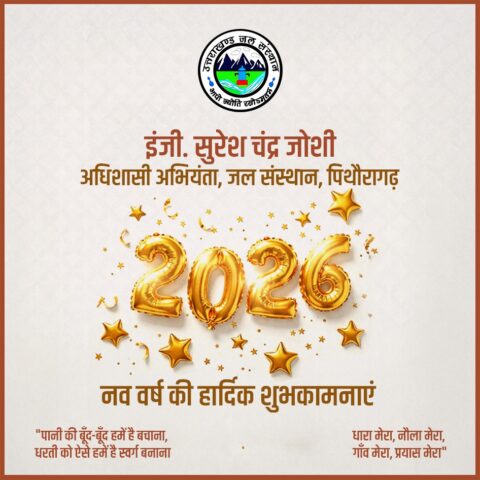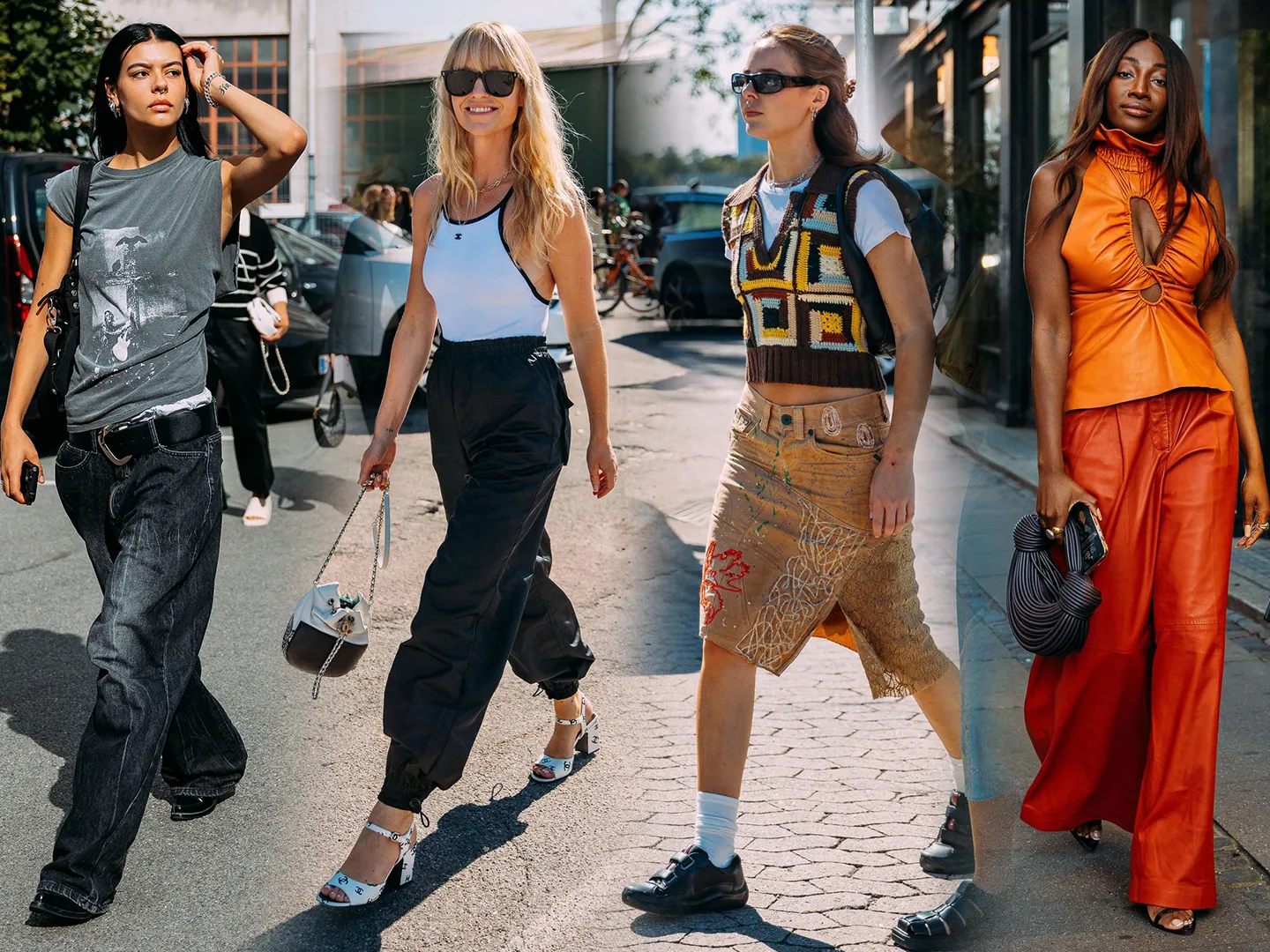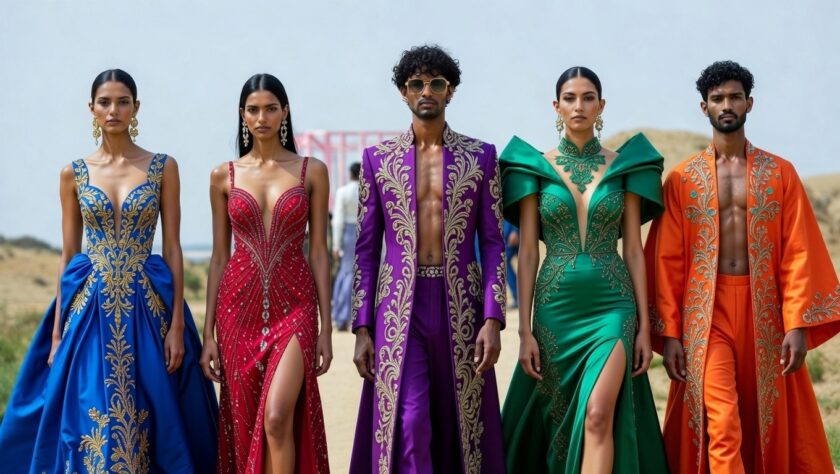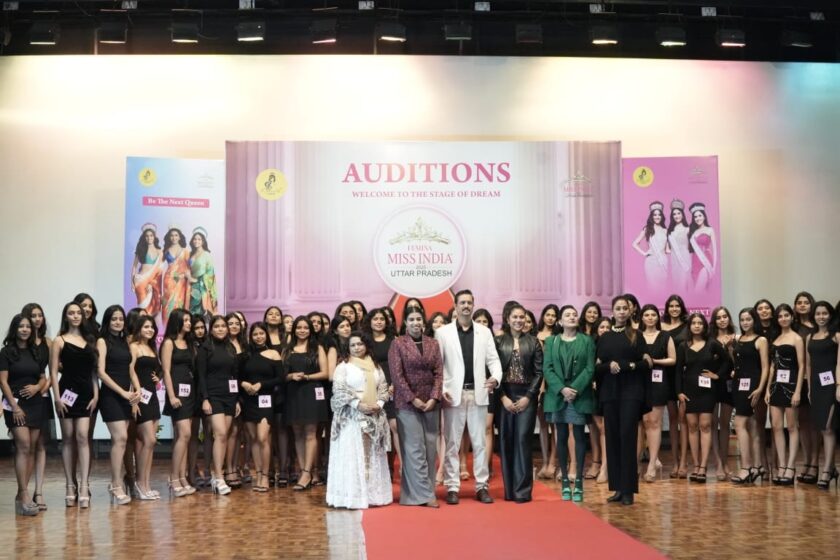New Delhi: The evolution of street fashion in India is a fascinating journey that mirrors the country’s rich cultural tapestry, historical influences, and contemporary trends. From the traditional attire of various regions to the fusion of global styles, Indian street fashion has undergone significant transformations over the centuries, reflecting societal changes, economic shifts, and the influence of media and technology.
Historically, India has been a land of diverse sartorial traditions, with each region boasting its own distinctive clothing styles. From the vibrant sarees of South India to the elegant drapes of the North, traditional attire played a crucial role in defining individual and community identities. Street fashion, in its earliest forms, was often an extension of these traditional garments, with people adding their own personal touches through accessories, colors, and embellishments.

During the colonial era, India’s fashion landscape underwent a profound transformation as Western styles began to influence local clothing choices. The British rule introduced tailored suits, dresses, and accessories, which gradually found their way into Indian street fashion, particularly among the urban elite. This period marked the beginning of a hybridized fashion culture, blending indigenous elements with Western aesthetics.
The post-independence era witnessed a resurgence of interest in traditional Indian textiles and craftsmanship, fueled by a sense of national pride and cultural revival. Street fashion became a platform for celebrating indigenous fabrics, embroidery techniques, and garment silhouettes. The 1960s and 70s saw the emergence of the hippie movement, which brought elements of bohemian and ethnic fashion to the streets, influencing a generation of young Indians.
The economic liberalization of the 1990s ushered in a new era of consumerism and globalization, transforming India’s fashion landscape yet again. Western brands flooded the market, and with the rise of satellite television and the internet, Indian youth were exposed to global fashion trends like never before. Street fashion became more eclectic and diverse, with individuals experimenting with a mix of traditional, Western, and fusion styles.

The 21st century witnessed the emergence of India as a global fashion hub, with cities like Mumbai and Delhi hosting prestigious fashion weeks and attracting international designers and brands. Street fashion became increasingly influenced by celebrity culture, social media, and street style photography, with fashion bloggers and influencers shaping trends and inspiring millions of followers.
One of the defining characteristics of contemporary Indian street fashion is its inclusivity and diversity. Street style in India is not confined to one particular look or trend but encompasses a wide range of expressions, reflecting the country’s multicultural society. From the colorful and flamboyant attire seen during festivals like Holi and Diwali to the understated elegance of everyday wear, Indian street fashion celebrates individuality and self-expression.
Moreover, sustainability and ethical fashion have become important considerations in recent years, with a growing awareness of the environmental and social impact of the fashion industry. This has led to a renewed interest in handloom textiles, organic fabrics, and artisanal craftsmanship, with many designers and brands embracing eco-friendly practices.
Looking ahead, the future of Indian street fashion promises to be dynamic and innovative, driven by a new generation of designers, entrepreneurs, and fashion enthusiasts. As India continues to urbanize and globalize, street fashion will remain a reflection of its ever-evolving cultural landscape, blending tradition with modernity in unique and exciting ways. From the bustling streets of Mumbai to the vibrant markets of Jaipur, Indian street fashion will continue to inspire and captivate with its creativity, diversity, and boundless spirit.









